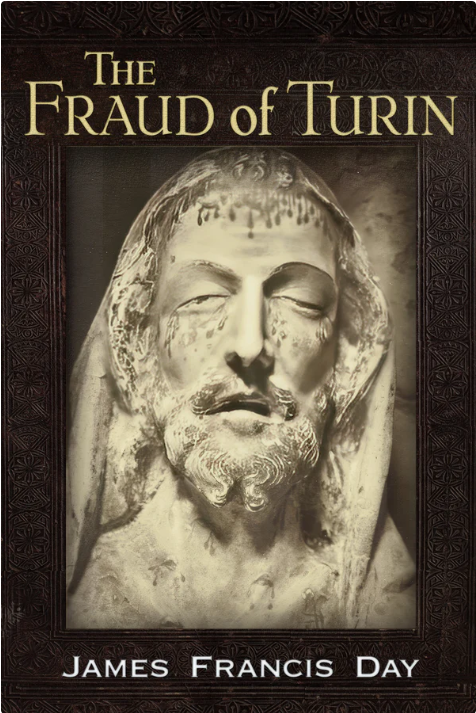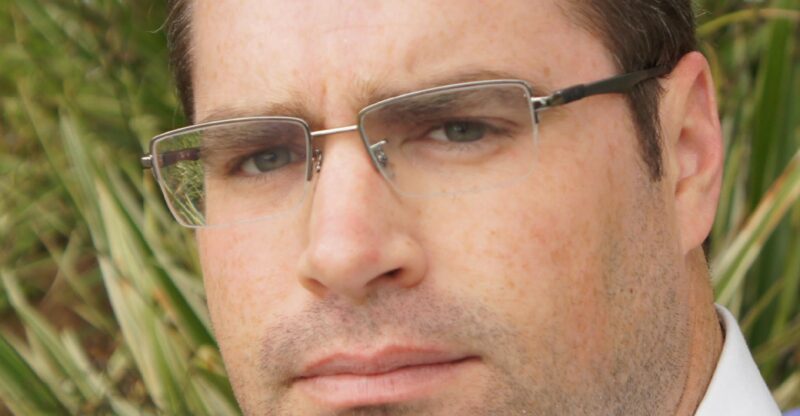The Journey 165. James Day: THE FRAUD OF TURIN and The Passion of Jesus Christ
Publisher R. A. “Kris” Millegan speaks here with James Day, whose new book, THE FRAUD OF TURIN, reviews the evidence for a medieval creation of the world’s most famous religious artifact, the Shroud of Turin, and it shows how all-consuming the Passion of Jesus Christ was to the medieval mind. James’ other books include THE MAD BISHOPS: The Hunt for Earl Anglin James and His Assassin Brethren, about the peddler of phony degrees who built a network of contacts that led to the assassinations of JFK, MLK, and RFK.
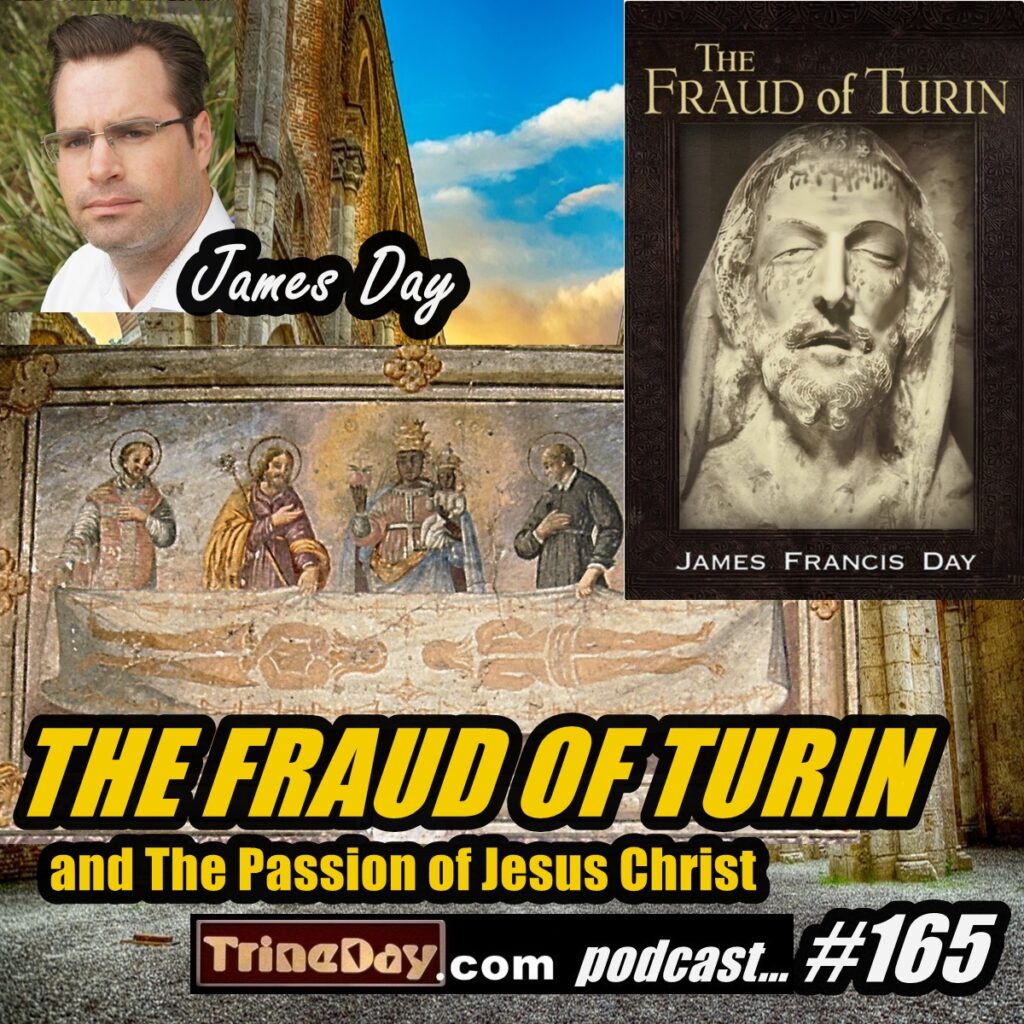
Topics discussed:
THE MAD BISHOPS shows through the JFK assassination story that there’s not one big evil out there. Many different people are running around with different agendas. Sometimes they come together to work together on different things [and sometimes they compete and fight, and they can be used by intelligence agents and others to accomplish things unknown to the participants].
James was asked to prove that the Shroud of Turin was created by Jesus’ resurrection. He found evidence to the contrary. “The hate mail has already started, even before the book came out officially.”
The JFK assassination and the Shroud both have people saying, “This is how it was done, or this is who did it.” In both cases you’re dealing with religious institutions and chivalric orders. James has continued to put out research and commentary on the Kennedy assassination. (See his work here, JamesFDay.Medium.com.
There’s a tradition of putting Christ’s face on cloth and imagery and icons. In the 1980s three different labs with the approval of the Church carbon dated a piece of the Shroud. All three studies produced a range between 1260 and 1390 AD as the date of the cloth, which corresponds with the historical record of when the Shroud appeared in late Fourteenth Century France. That closed the case in some ways for many secular authorities.
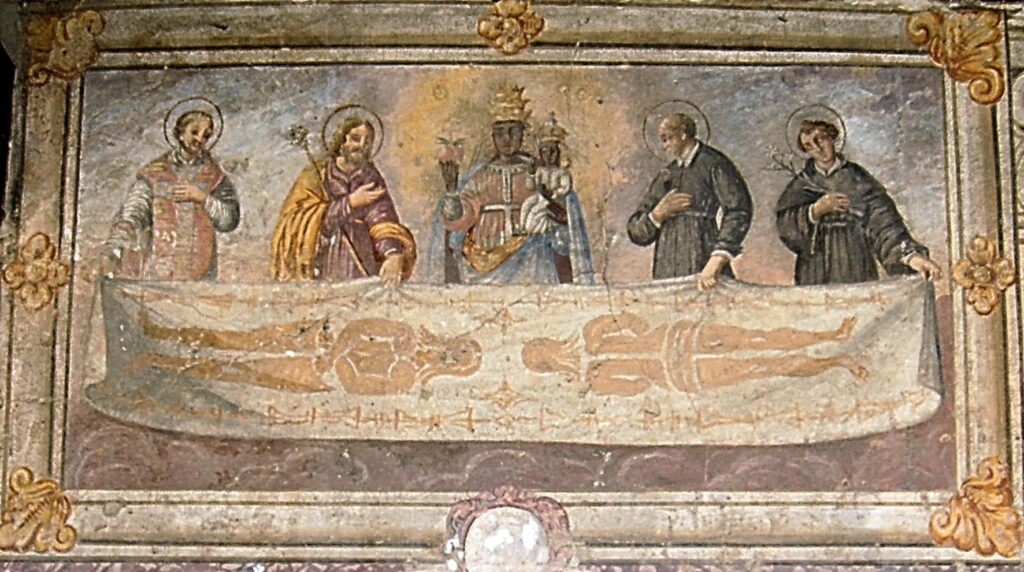
In James’ Catholic experience in grade school, high school, college, and graduate school in Catholic schools, the Shroud was not dealt with. “To this day the Church does not have a formal opinion on the Shroud of Turin. It is housed in the cathedral of Turin, and it is brought out every once in a while, which helps its aura of wonder [that it is shown infrequently]. But it’s officially declared an icon, not a relic.”
A relic is something tangible from Jerusalem, from the apostles, or from the saints. An icon is something that East and West Christianity adopted and respect as something that the believer gazes on as a devotion, or something that brings them closer to the divine. And that’s what the Church encourages the Shroud to be seen as, something to gaze upon and inspire one to think about Jesus’ whole purpose and the way of the cross.
To many Catholics, the Shroud isn’t going away. There is a whole school of apologists peddling the Shroud as authentic [as being created by the resurrection in the First Century] despite the carbon-14 dating, asserting that there was an error in those tests and the Shroud proves the truth of Christianity.
James set out to find the truth. He found that its apologists say a lot about the Shroud but not about the world of the Shroud, not about the medieval mind that was consumed with the image of Christ. People in the 1300s declared it to be a fake.
First Century studies, the century before and the century after Christ, are fascinating. Many now say, “Christ never lived. It was a story made up to get people behind the Romans.” Kris, through research, is satisfied that Jesus was an actual historical figure, and Kris always liked Albert Schweitzer and thought his research and questionings were very good.
It was the Dark Ages. Most people didn’t read. Generally, just the priests and some of the royals could read the Latin of the Vulgate Bible at the time. And you had a lot of corruption by the religious institution to politically rule over the people. It was a time of widespread imagery, which was how the Church maintained its influence over the minds of the people. And you had the Knights Templar that were in that Champaign area. James’ scholarship is really very interesting, including his discussion of how the Shroud was made.
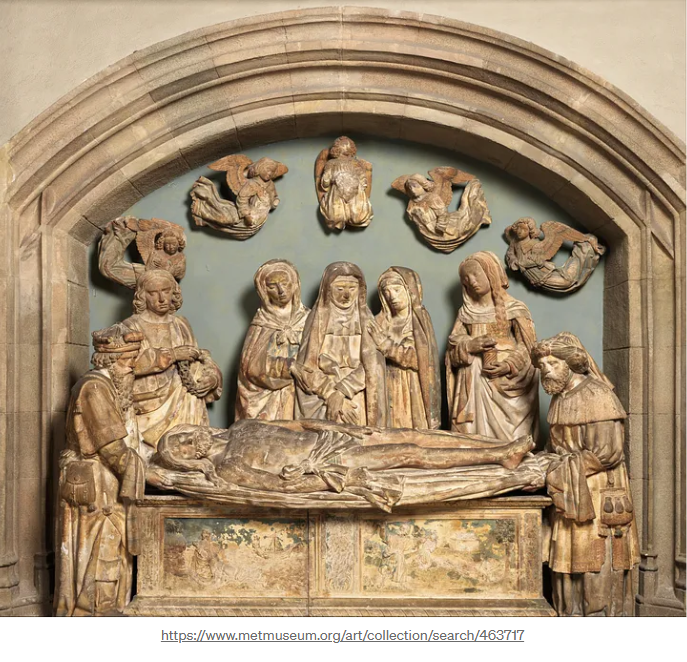
The Shroud was owned by a knight who was in service to the King of France and the Duke of Burgundy.
“I didn’t set out to offend anybody. I’m a lifetime Catholic who had the opportunity to research this time period.”
Sindonology is the “scientific study of the Shroud of Turin” (dictionary.com), championed by those who want to prove the Shroud’s authenticity.
James reflects on the JFK assassination, Christian nationalism, the South, and white supremacy. He describes Joseph Milteer, the right-wing extremist who predicted that Kennedy would be shot from an office building with a high-powered rifle and later named three assassins, one of them being Dallas policeman J. D. Tippit, who was killed on November 22, 1963, supposedly by Lee Harvey Oswald, and two clergy, with all three connected with the ideas of the Abundant Life Temple, outside of which the Tippit shooting took place.
James wonders if the Tippit shooting is the Rosetta Stone of what probably went wrong in the plan that day, which lead to Oswald’s arrest in the movie theater and then his murder by Jack Ruby two days later. “I don’t think any of that was supposed to happen,” and examining Tippit’s shooting might unfurl what happened.
Amazon review of THE FRAUD OF TURIN
“Too many previous works have focused exclusively on the controversy surrounding the Shroud’s putative pre-history and scientific authenticity, and altogether ignored its true significance to the people who have come to see it from the fourteenth century onwards. This book does much to redress this omission and should be essential reading to students of the history and development of Christian theology.” — High Farey, editor of the British Society for the Turin Shroud Newsletter
